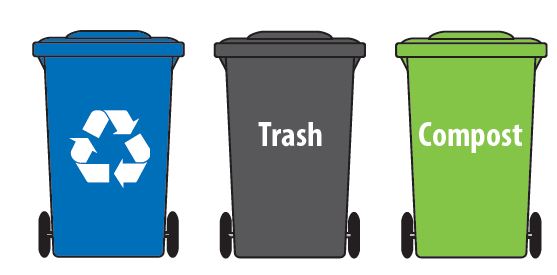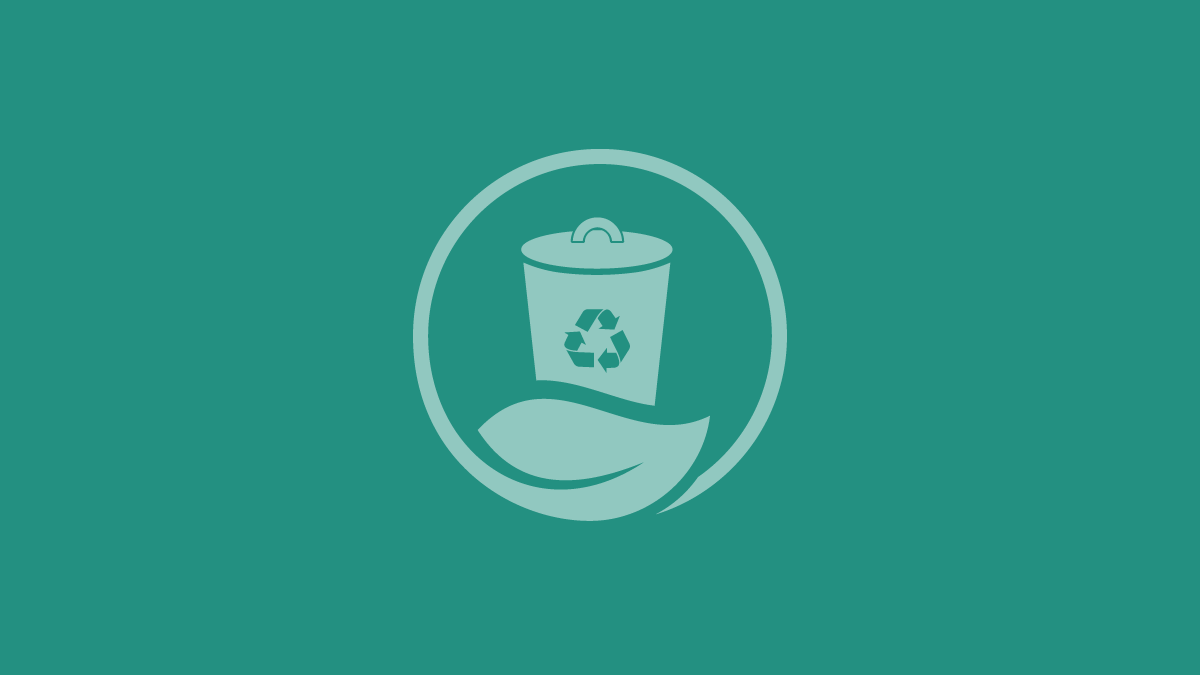This month we are highlighting our mission, history, and some Frequently Asked Questions!
What is the mission of the UCRRA?
The mission of the Ulster County Resource Recovery Agency is to protect public health and the environment and to promote sustainable materials management practices in Ulster County by efficiently managing solid waste materials with a focus on resource conservation.
In keeping with its mission, the Agency Board of Directors and its employees are committed to protecting, preserving and heightening environmental awareness throughout Ulster County. Our vision statement outlines the ways in which our mission can be accomplished.
What is the history of the UCRRA?
In the mid-1980’s, New York State Department of Environmental Conservation began initiatives to close existing landfills that were no longer compliant with the newly updated solid waste regulations. NYSDEC enacted strict requirements for the siting, construction, and operation of disposal facilities. Consequently, many local communities found it beyond their financial and managerial capability to continue to dispose of waste in traditional ways. Local municipalities requested that the Ulster County government assume the responsibility for solid waste management.
In 1986, New York State Legislature authorized the creation of the Ulster County Resource Recovery Agency (the “Agency”), a public benefit corporation formed for the purpose of developing, financing, and implementing a comprehensive Countywide solid waste management program.
What are “Public Authorities”
UCRRA is a Solid Waste Authority… what does that mean? “Public authorities are corporate instruments of the State created by the State Legislature to further public interests. These entities develop, operate and maintain some of NY’s most critical infrastructure including roads, bridges and schools. Public authorities have various levels of autonomy from local and state government based on the powers, as well as constraints, built into their legislative mandate. Some public authorities are completely self-supporting and operate entirely outside the budget process… In addition, most authorities are authorized to issue bonds—without voter approval—to develop and maintain infrastructure… The debt service for these bonds is usually supported by revenues of the project, such as tolls that are levied by the authority, fees paid by the third party or appropriated payments from the State to repay outstanding debt…Unlike traditional State agencies, many authorities conduct business outside of the typical oversight and accountability requirements for operations including, but not limited to, employment practices, contracts and procurement procedures, and financial reporting.” – Office of the New York State Comptroller

What services does UCRRA provide?
- Final disposal responsibility of all municipal solid waste in Ulster County
- Dual Stream Recycling for businesses, schools, municipalities, and other institutions
- Organics Recycling for businesses, schools, municipalities, and other institutions
- Local, sustainable, STA certified Compost for sale in bulk
- Free Electronics Recycling for residents, small businesses, and nonprofits
- Free Household Hazardous Waste Collection Program for Ulster County residents
- Recycling Outreach Team Services
- And more!
How is UCRRA funded?
UCRRA’s financial structure is not established through any County tax payer dollars at all. UCRRA is financially self-sustaining through solid waste tipping fees per the Flow Control Law of 2012 – which requires all waste generated in Ulster County to be delivered to and managed by Ulster County Resource Recovery Agency. Tip fees are approved annually by the Agency’s Board of Directors and all users of the solid waste system pay the same rate for waste disposal. Educational programs and recycling initiatives are supported by state grants, which are funded by the NYS Environmental Protection Fund.
Is Ulster County Resource Recovery Agency a County Department?
UCRRA is proudly serving Ulster County for over 30 years, but UCRRA is distinctly not a Division or Department of Ulster County, and is a legally separate entity.
What entities provide oversight of UCRRA?
UCRRA’s organizational structure was established in its enabling statute and consists of an Executive Director and a five member Board of Directors selected by the Legislature. As a public authority, UCRRA is overseen by the NYS Comptroller’s Office and the Authorities Budget Office. Solid waste, recycling, and composting operations are regulated by NYS Department of Environmental Conservation.




